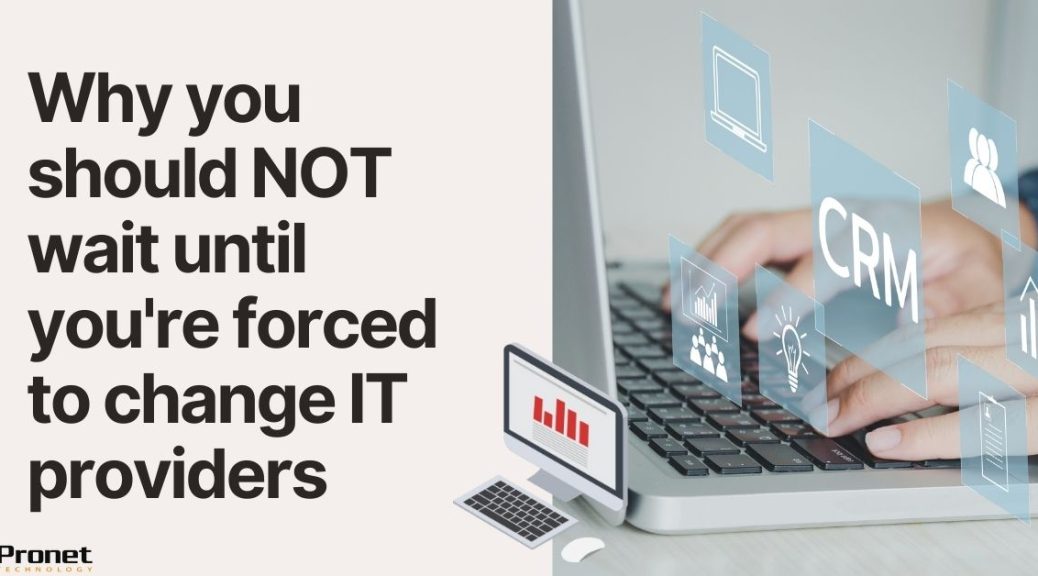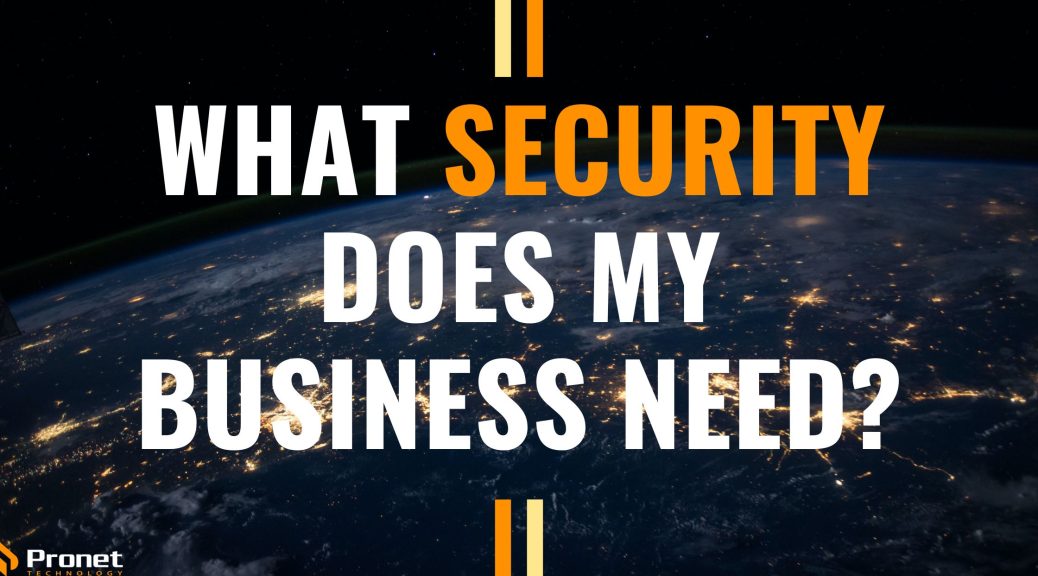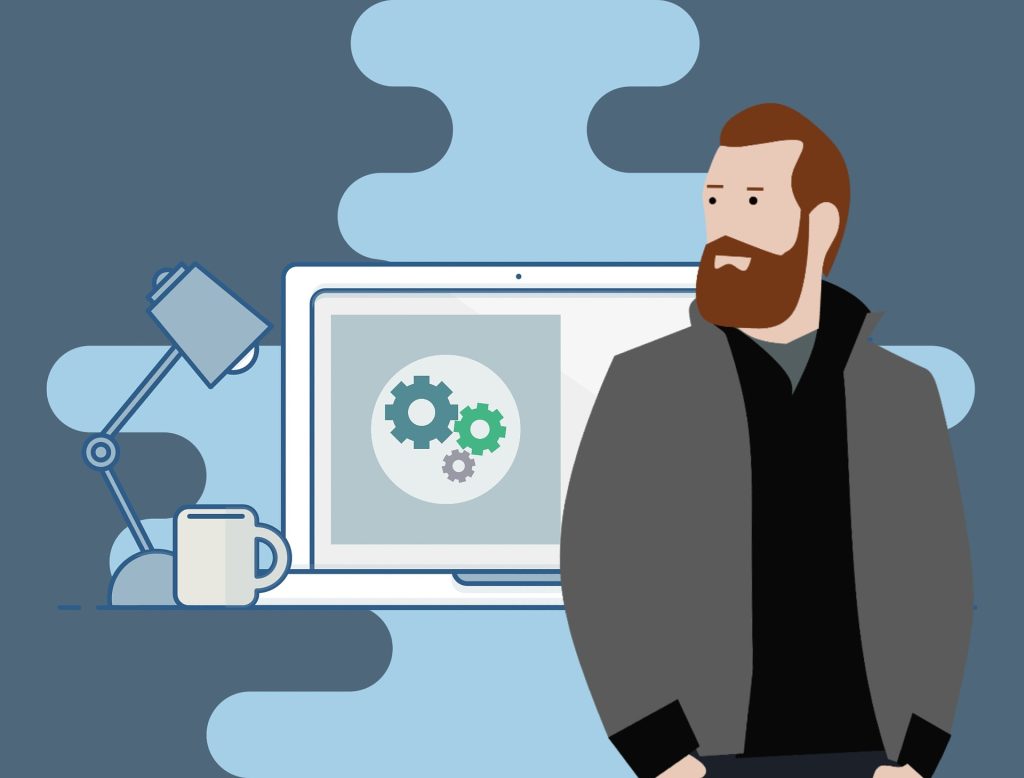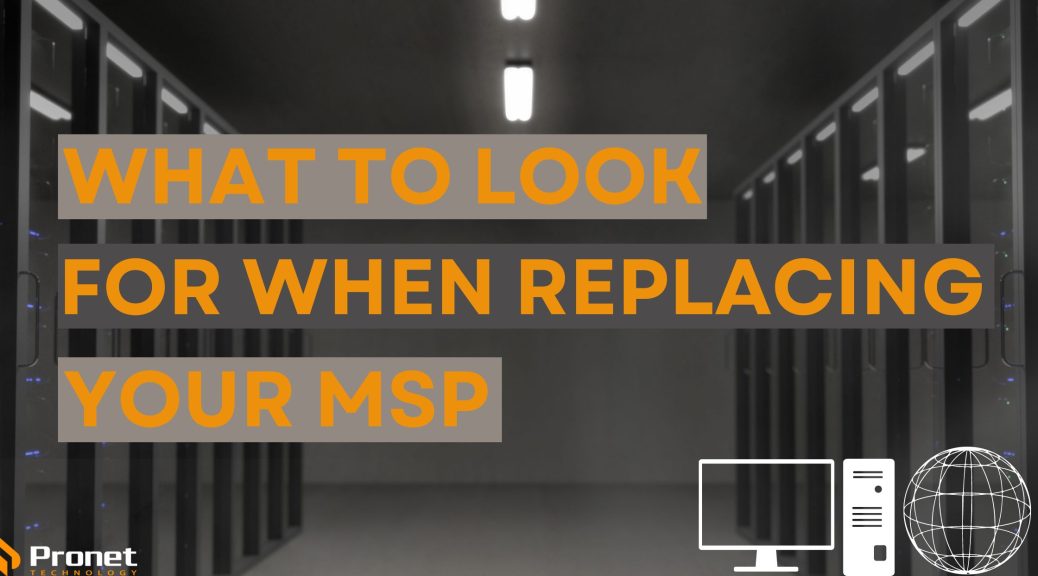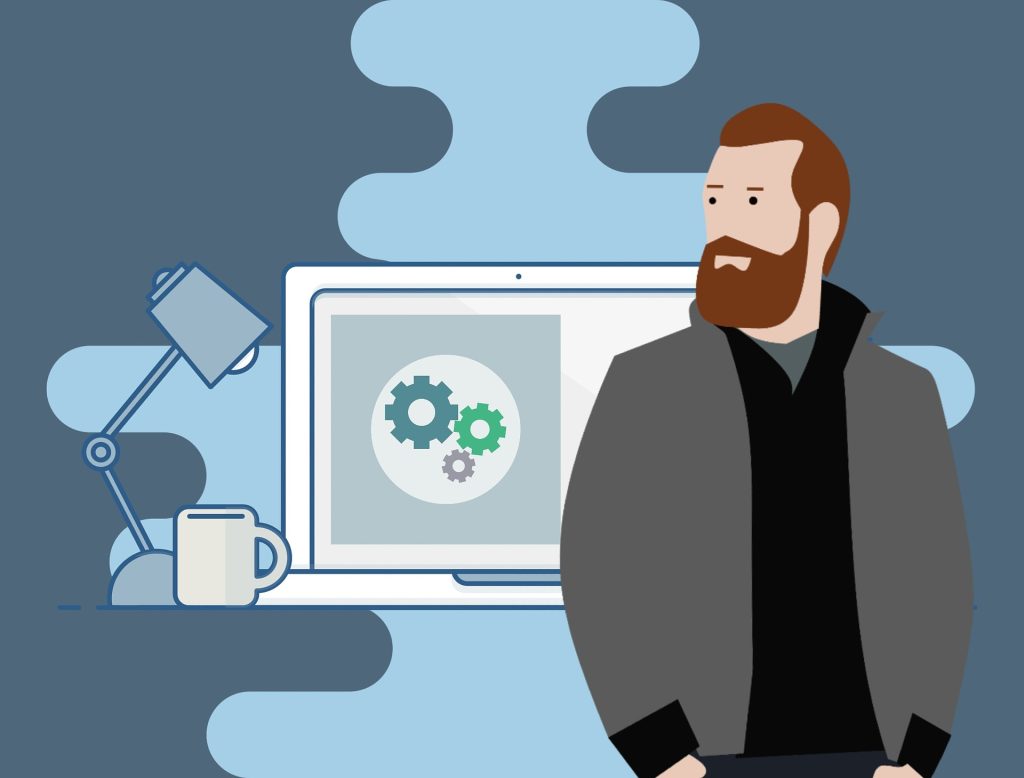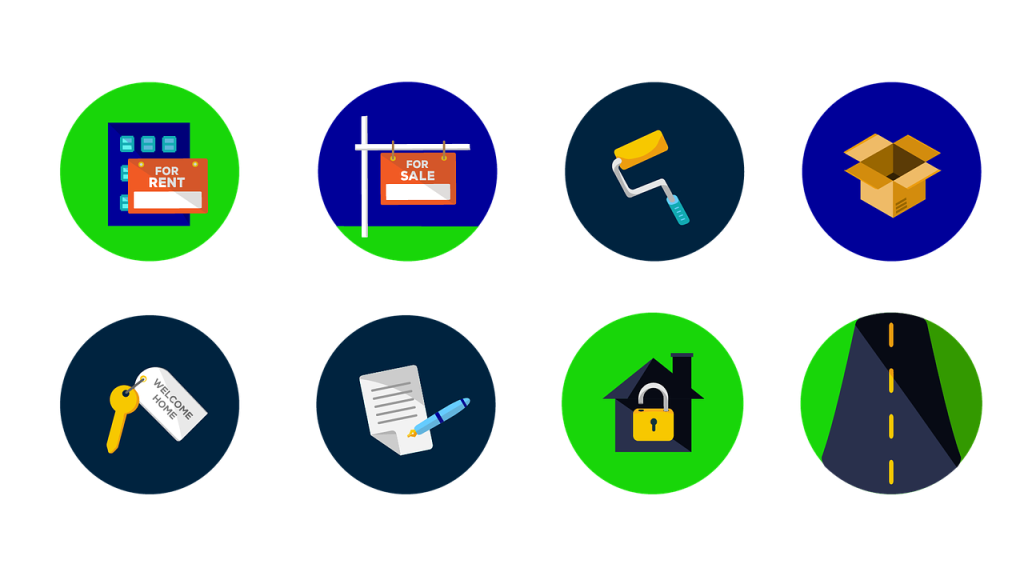Don’t stick with your IT service provider until something triggers you to change

As a business owner or manager, it is easy to become complacent with your current IT service provider. You may have a long-standing relationship with them and feel that they understand your business and its technology needs. This familiarity can often lead to a false sense of security and you may not realise the potential risks and limitations of sticking with your current IT service provider until something triggers you to change.
Over our years of service, we have found that businesses often wish they changed their IT service providers earlier. Change is incredibly complex and can be a hassle when you have to get proposals from different IT companies, then deal with the information transfer between the two, especially when the old provider might be less than cooperative. Ask yourself, what’s the point of even using a managed service provider if you’re not receiving everything you should be?
This article will explore why it is important to review your IT service provider, ensuring they are meeting your requirements and giving you great service, and why you should not wait until the decision to change is forced upon you.
Technology is constantly evolving
The technology landscape is constantly evolving and new solutions and tools are coming out all the time, sometimes even faster than it takes for you to get comfortable with a new one. Your IT service provider should be keeping up with these changes and be able to recommend and run new technologies that can benefit your business.
If your current IT service provider is not staying up-to-date with the latest technology trends, you could be missing out on opportunities to improve your business operations and stay ahead of the competition. What’s more, they need to be constantly on the lookout for new security risks and be updating their processes or technology to keep your business safe.

Your business needs may change
Like technology, businesses also evolve and as your business grows, your technology needs may change. For example, you may need to upgrade your infrastructure to support more users or introduce new software solutions to improve your or your staff’s productivity. If your current IT service provider is unable to accommodate these changes, it may be time to consider switching to a provider that can better meet your evolving needs. This could be because your company is now too big for the provider or because they don’t have the right technology, knowledge or experience in the direction your company is going.
Service quality may decline over time
Over time, service quality can decline as your IT service provider becomes complacent or takes your business for granted. After an initial fantastic six to 12 months, you may notice longer response times, decreased quality of support or a lack of solutions and recommendations. If you begin to feel that your IT service provider is no longer providing the level of service and support you require, it may be time to consider changing your plan with them or even making a change in provider.
Cyber Security threats are increasing
Cyber Security threats are increasing in both frequency and complexity, and businesses of all sizes are at risk. It may surprise you to hear that small businesses are the target of 43 per cent of cyber-attacks. This is why your IT service provider should be taking proactive measures to protect your business from threats, such as implementing security procedures, providing employee training and regularly updating your systems and software. If you feel that your IT service provider is not taking Cyber Security seriously, it may be time to look for a provider that has a strong focus on this area, especially if your business deals with sensitive information.

Cost-effectiveness
Technology costs are an important factor for any business and it’s important to ensure that you are getting good value for your IT investments. Managed service providers are generally on par with each other when it comes to their managed services of looking after your IT systems. Where they differ, are their additional services and level of technical standards, like using CISCO vs. Sophos. You might find that you are not utilising fully everything that you are paying for and wonder why they were offered to you in the first place. Make sure you review your IT costs and ensure you are getting the best value for your budget. An MSP should tailor its services and your plan to what your business requires, as well as be honest and tell you upfront when a higher-level technology is not needed. This also simply comes down to service. Is your business receiving what you’re paying for?
It is important to periodically review your IT service provider and not wait for something to trigger you to change, like a major data breach, loss of backups or issues simply not getting fixed. By regularly assessing your technology needs, service quality, Cyber Security measures and cost-effectiveness, you can ensure that you are getting the best value for your IT investments and that your technology infrastructure is keeping pace with your business growth and evolution.
Remember, switching IT service providers can be a daunting task, but it can also be an opportunity to improve your technology solutions and position your business for long-term success. There are so many benefits of service providers – make sure you’re getting them.

